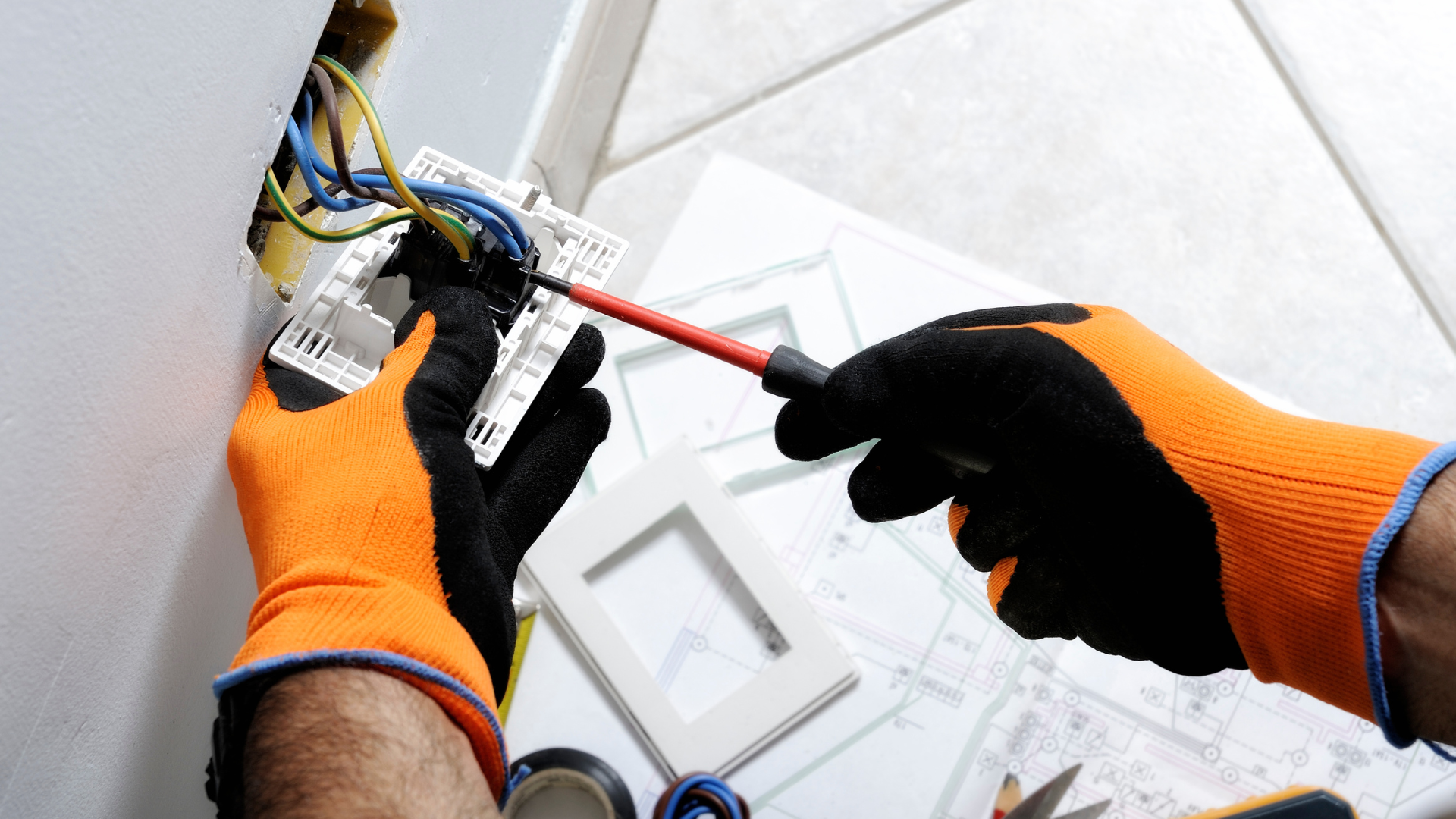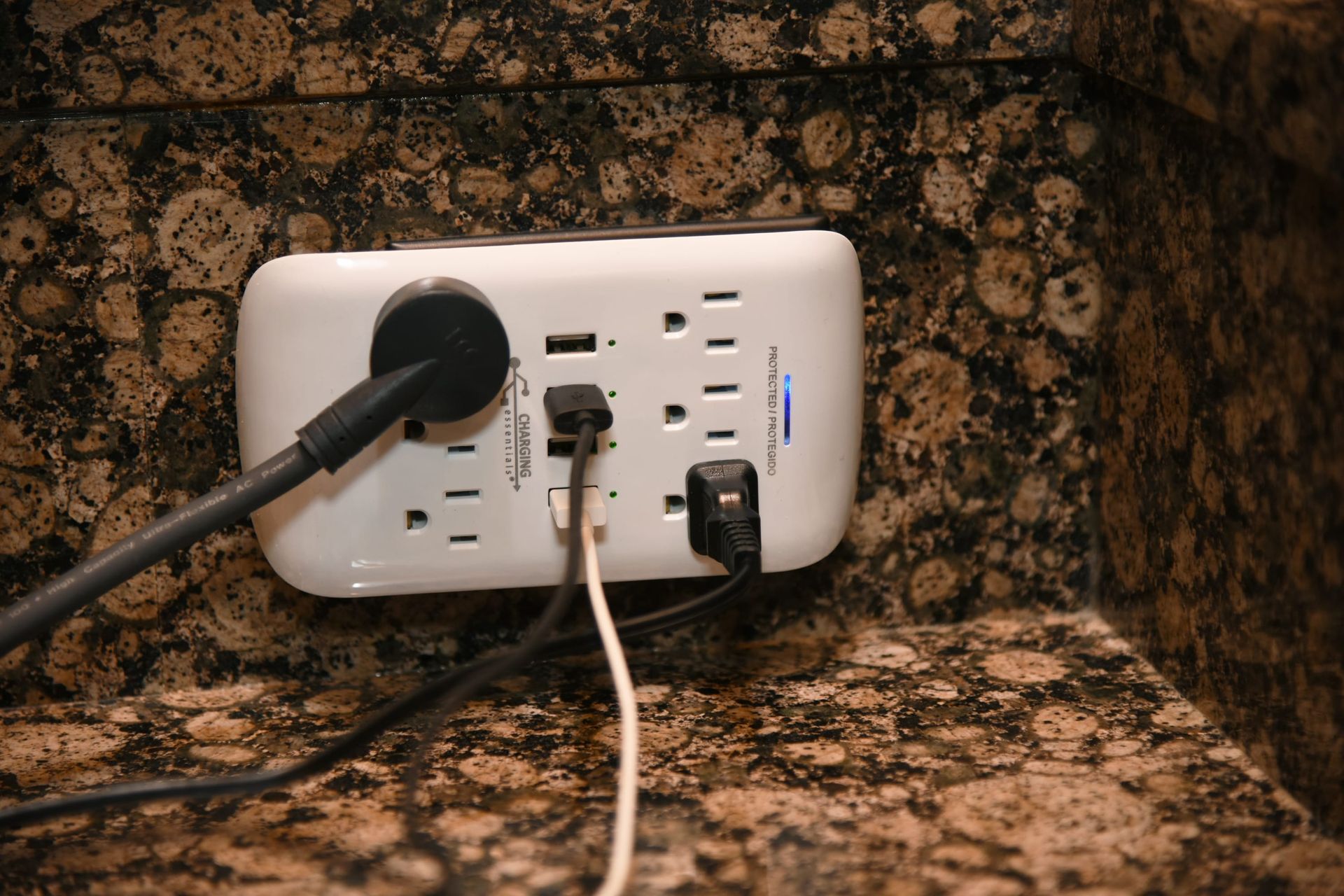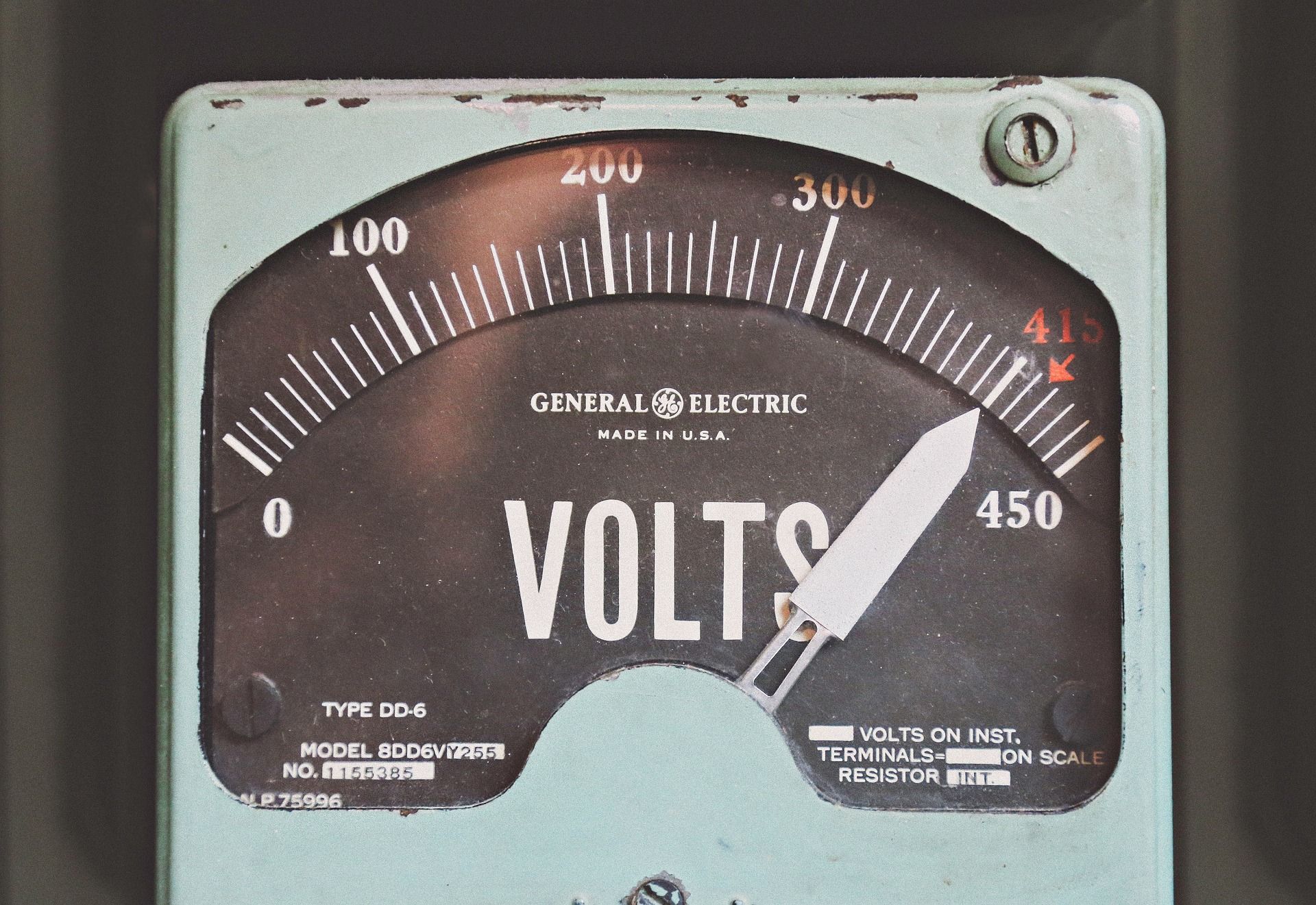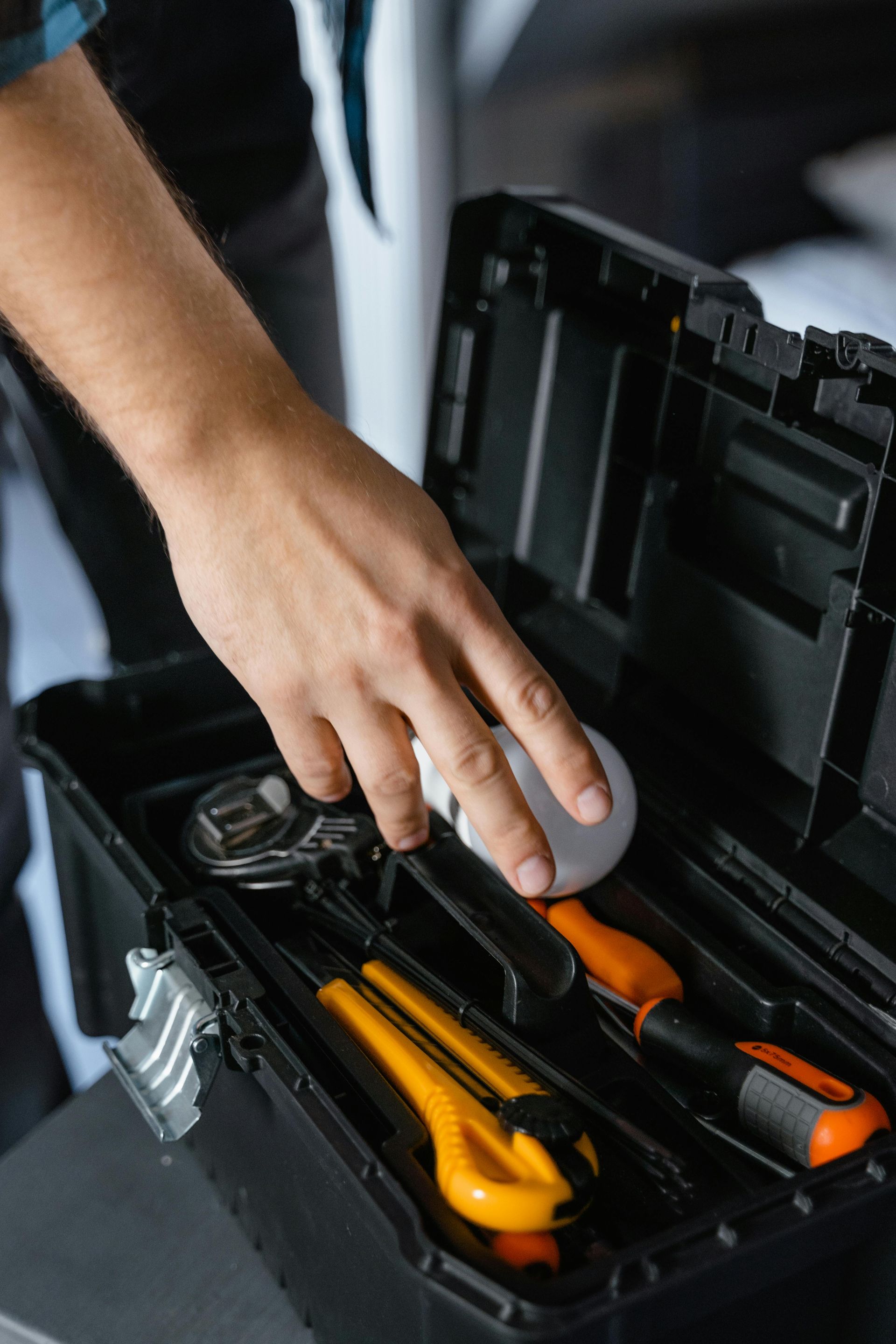How Whole Home Surge Protection Prevents Damage to Electronics and Appliances
Protecting Your Electronics from Hidden Electrical Surges
Electrical surges can happen at any time, and many homeowners are unaware of how frequently they occur. A surge is a sudden increase in voltage that travels through a home’s electrical system. These increases may last only a fraction of a second, but they can create long term consequences for appliances, electronics, and wiring. At ESD Electric, we encourage homeowners to consider whole home surge protection because it provides a critical layer of defense against unpredictable electrical fluctuations. With modern homes relying heavily on sensitive electronic devices, protection is more important today than ever before.
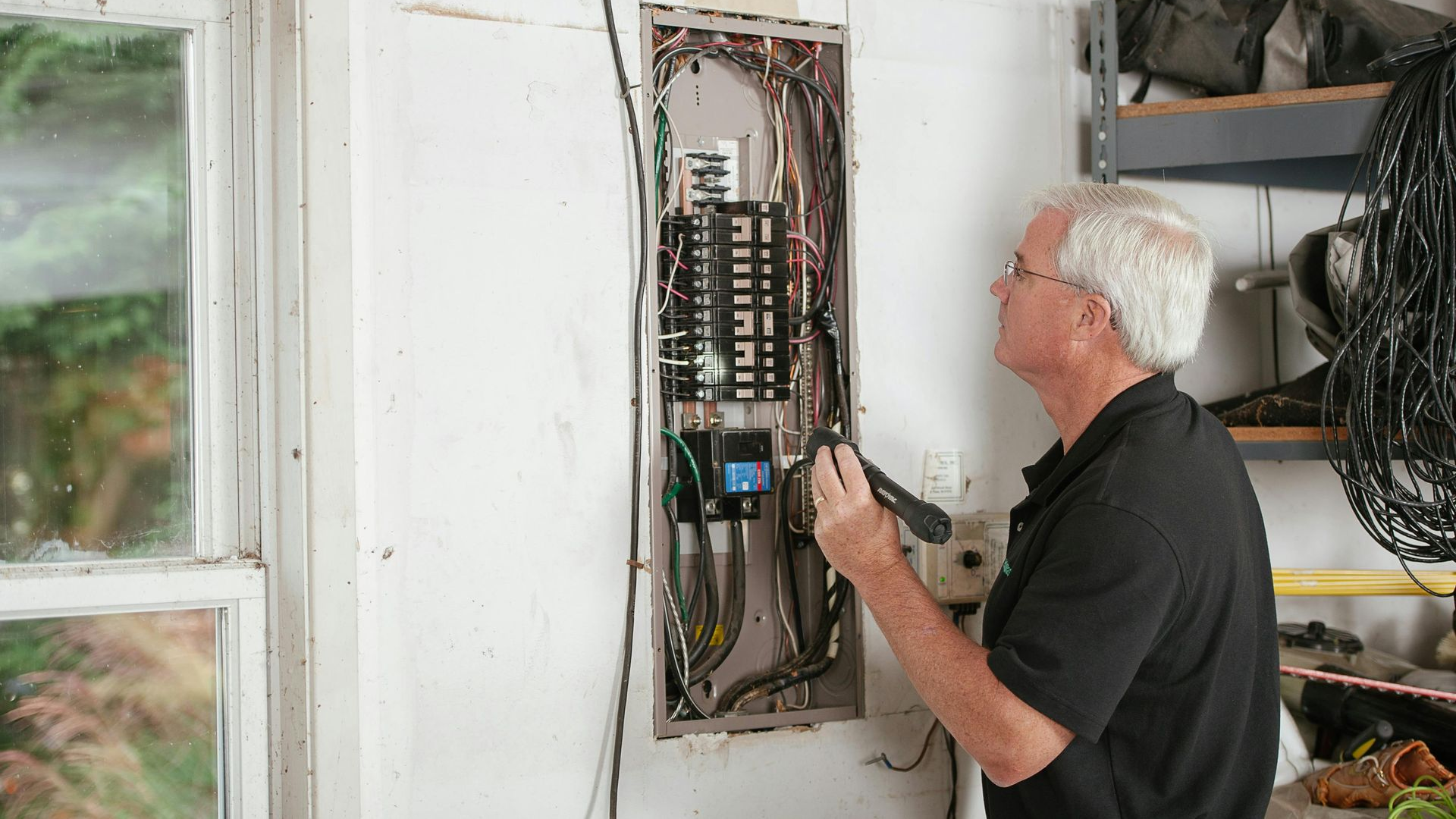
Understanding What Causes Electrical Surges
Surges come from multiple sources. Some originate outside the home, such as lightning strikes near power lines, issues within the utility grid, or switching activity on the electrical network. Others come from within the home itself. Large appliances like air conditioners, refrigerators, or heaters can produce small surges whenever they start or stop. Over time, these repeated internal surges can contribute to the gradual decline of electronic components.
While small surges may not cause immediate failures, the cumulative effect can shorten the life of electronics and reduce performance. Large surges, particularly those caused by severe weather or utility problems, can result in immediate and costly damage. Whole home surge protection is designed to manage both types of fluctuations.

How Whole Home Surge Protection Works
Whole home surge protectors are installed at the electrical panel. They monitor incoming electrical power and react instantly when voltage rises above a safe threshold. Once a surge is detected, the device diverts excess energy safely into the home’s grounding system. This prevents the surge from reaching outlets, appliances, or sensitive electronics.
Unlike plug in surge strips, which protect only individual devices, whole home systems protect the entire electrical network. This includes major appliances, heating and cooling systems, and hardwired technology that cannot be connected to a surge strip. This level of coverage provides a more complete safeguard for the entire home.
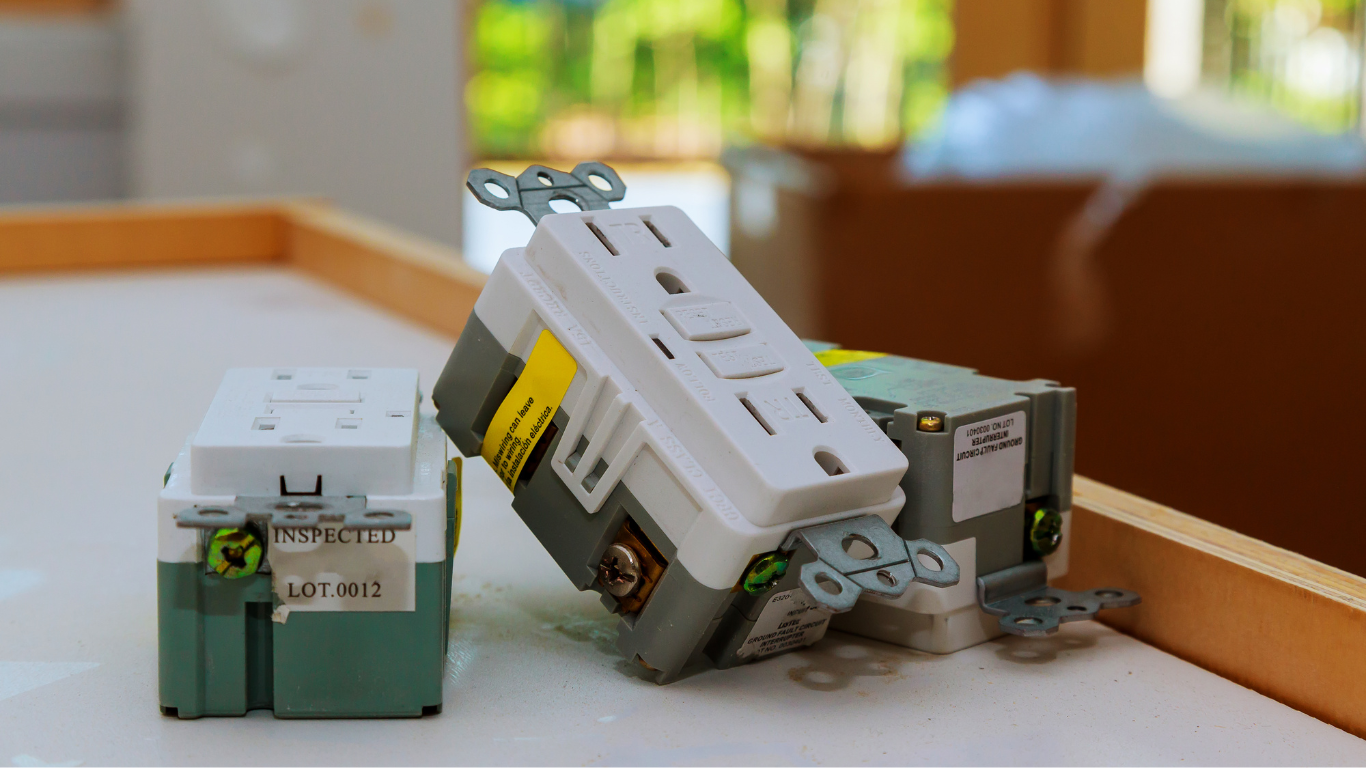
Why Modern Homes Need Surge Protection
Modern homes rely heavily on electronics. Televisions, computers, smart home devices, gaming systems, and appliances contain microprocessors that are sensitive to voltage irregularities. Even small fluctuations can weaken these components over time. As technology continues to advance, electronic systems become more complex, and their tolerance for electrical inconsistencies becomes smaller.
Surge protection helps maintain the longevity of these devices by ensuring they receive consistent and controlled power. This prevents unnecessary wear and reduces the likelihood of sudden failures that result in costly replacements.
Protection Against Severe Weather Events
Severe weather is one of the most common sources of major electrical surges. Lightning does not need to strike a home directly to cause damage. A strike near a utility line can send a surge through the electrical grid and into a residential panel. Homes located in areas with frequent storms face an increased risk of experiencing damaging surges.
Whole home surge protection reduces the severity of these events by redirecting excess voltage. While no system can eliminate the risks associated with a direct lightning strike, a properly installed system significantly lowers the chance of widespread damage inside the home.
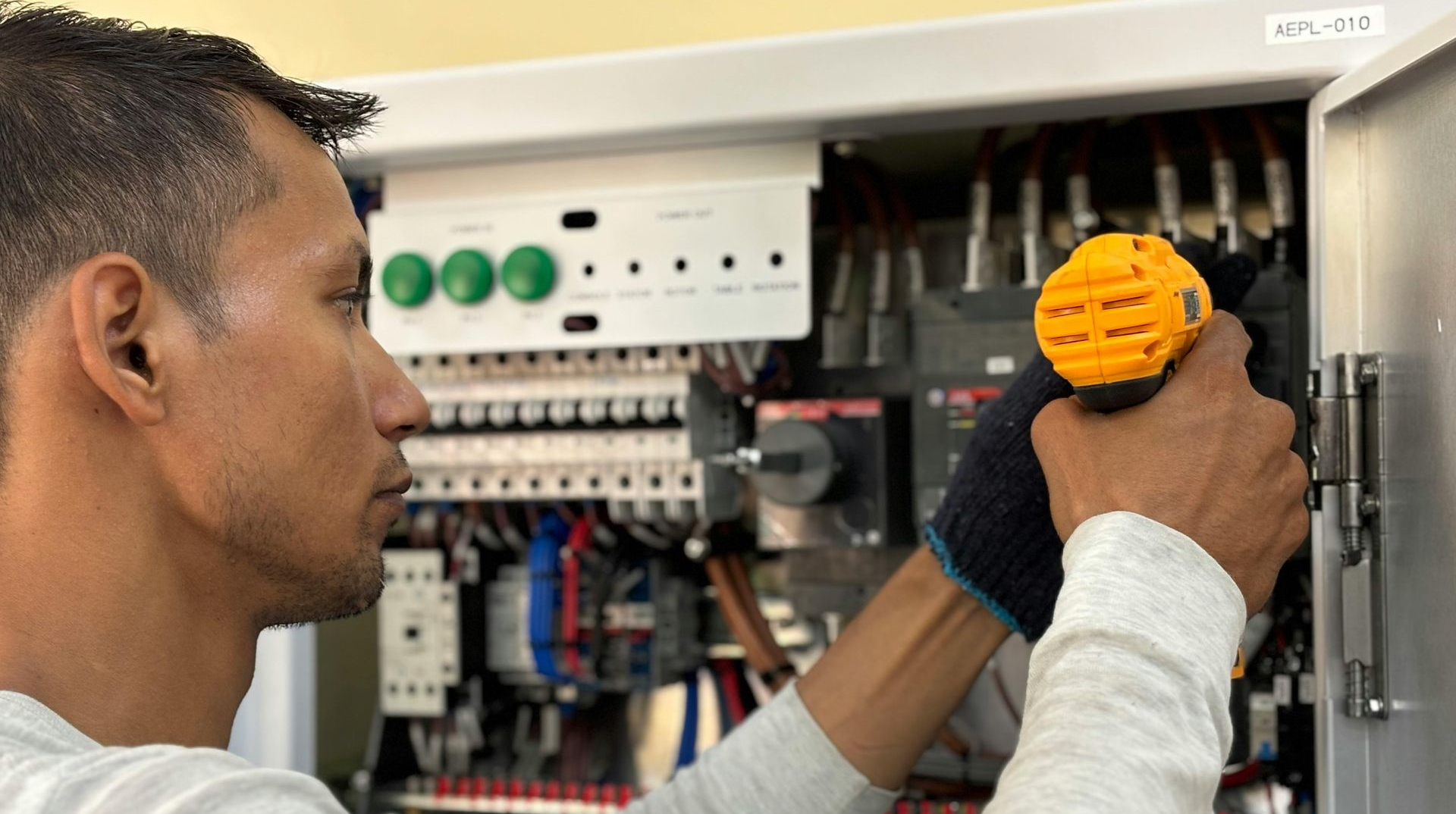
Extending the Life of Home Appliances
Large appliances such as refrigerators, washing machines, dryers, and HVAC units are costly to replace. These systems are vulnerable to both large and small surges. Internal surges caused by motor driven appliances switching on and off can slowly degrade electrical components. Over time, this internal wear reduces efficiency and increases the likelihood of failure.
By reducing the impact of internal and external surges, whole home surge protection helps extend the life of major appliances. This reduces long term repair and replacement costs for homeowners.
Preventing Hidden Damage to Home Wiring
Electrical surges do not affect only appliances and devices. They can also weaken wiring insulation or create stress points within the electrical system. Hidden damage may not be immediately apparent but can lead to future electrical issues. Surge protection helps prevent these internal stresses, preserving the integrity of the electrical network.

A Smarter Way to Protect Your Home
Whole home surge protection offers peace of mind by safeguarding the electronics, appliances, and wiring that support modern living. At ESD Electric, we install surge protection solutions designed to provide reliable and comprehensive coverage. With the right protection in place, homeowners can reduce the risk of sudden failures, protect valuable electronic investments, and maintain a more stable electrical system.
Powering Your Home With Confidence
Choosing whole home surge protection is a proactive step toward securing the long term performance of your electrical system. By protecting your appliances and electronics from unpredictable voltage spikes, you build a safer and more reliable home. Our team is ready to help you select and install a surge protection system that fits your needs and supports your peace of mind.
